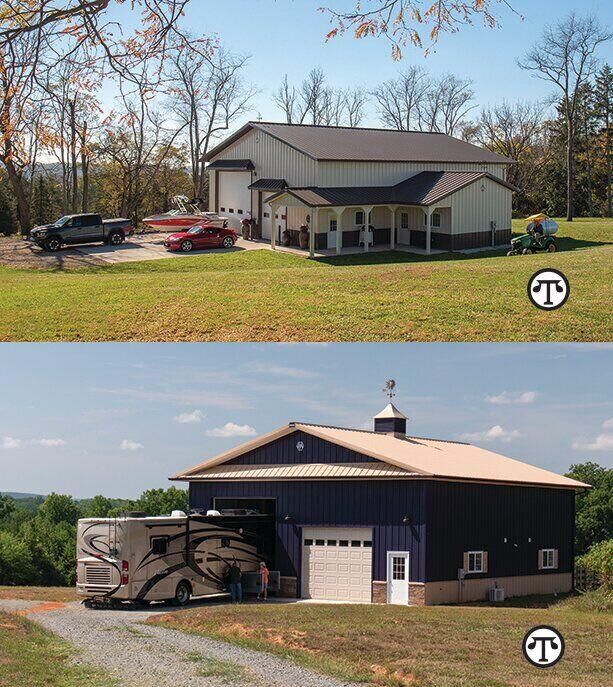(NAPSI)—Boating and RV use rank among the most popular forms of recreation in the U.S. Having attractive, well-designed storage facilities for your boat or RV is important in protecting and enhancing the enjoyment of these assets.
Brad Mrozinski, Morton Buildings product line manager, says upfront planning is essential so that storage facilities for boats, RVs and other recreational vehicles, such as motorcycles and ATVs, will meet owners’ current as well as future lifestyle needs.
He offers the following recommendations:
Plan for growth—According to the RV Industry Association, roughly 70% of RV purchases are made by existing RV’ers. Avoid building a storage facility that is too small. Take into consideration not only current storage needs, but also possible aspirations five or 10 years into the future when you may want a larger RV model or bigger boat, or to add other vehicles. “Many people downsize their home over time, but when is the last time you heard someone say ‘I wish I had a smaller boat or less spacious RV,’” Mrozinski says.
Consider other building uses—Besides boat or RV storage, think about other possible uses for the building so those can be incorporated into the design. Other popular options include offices, kitchenettes, lounges, bathrooms and space for hobbies. “When a customer has a boat or RV storage need, we ask about their lifestyle, what other vehicles and hobbies they have, and really design a building to fit those needs,” Mrozinski notes.
Aesthetics are important—Boat, RV and other recreational storage buildings are typically located near the main residence. Homeowners want an attractive facility that will add aesthetic appeal and value to their property—not a large, unattractive box. “It’s important to think through how the storage building will blend in with and complement the home,” Mrozinski says. “Design elements such as exterior colors, roof pitch and a wainscot can result in a beautiful storage facility rather than just a shed. Accessories such as a porch or a cupola are other ways to personalize the building.”
Ensure convenient access—An important part of the design process is determining the best positioning for the building on the property. Proper orientation of doors is necessary to provide convenient access. Window placement is also important so you can see what’s going on outside without having to leave the building. “The storage facility should be designed to fit the property and be convenient for owners to easily use and enjoy,” he says.
Other recommendations include:
•Design the building layout for functionality and ease of use. For instance, for an RV storage building, placing the tall overhead door to one side reduces water hose and charging cord tripping hazards when the RV is serviced inside the building.
•Plan sufficient storage for occasionally used equipment as well as support materials to be kept in stock and easy to access when needed.
•Ensure adequate ventilation if you are working on boat or RV engines, as well as for cars, trucks, snowmobiles or four-wheel-drive vehicles.
•Include a floor drain if you will be washing any equipment or pulling in vehicles covered with snow.
Hobby garages
Mrozinski notes that other types of recreational buildings are also experiencing growing demand, such as a hobby garage or workshop, pool house, garden shed, backyard office, or man cave/she shed. These structures involve many of the same planning and design considerations as for boats and RV storage.
“Vehicle storage, hobby shops and other accessory buildings are among the most requested projects we’re now experiencing,” Mrozinski says. “Regardless of the intended use, upfront planning is essential to ensure a high-quality, functional building that can be enjoyed for years to come.”
Visit mortonbuildings.com/projects/vehicle-storage for more information.
““Regardless of the intended use, upfront planning is essential to ensure a high-quality, functional backyard building that can be enjoyed for years to come,” advises Brad Mrozinski, Morton Buildings product line manager”








